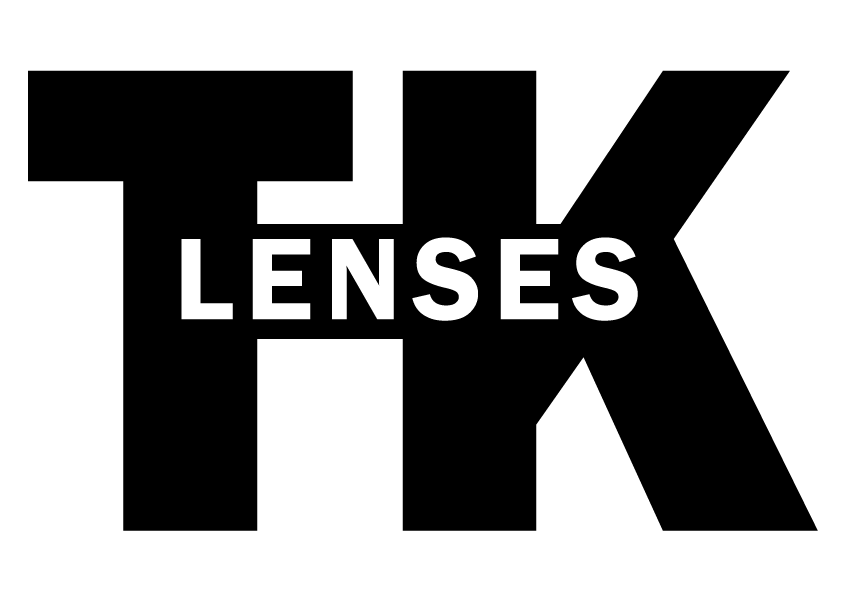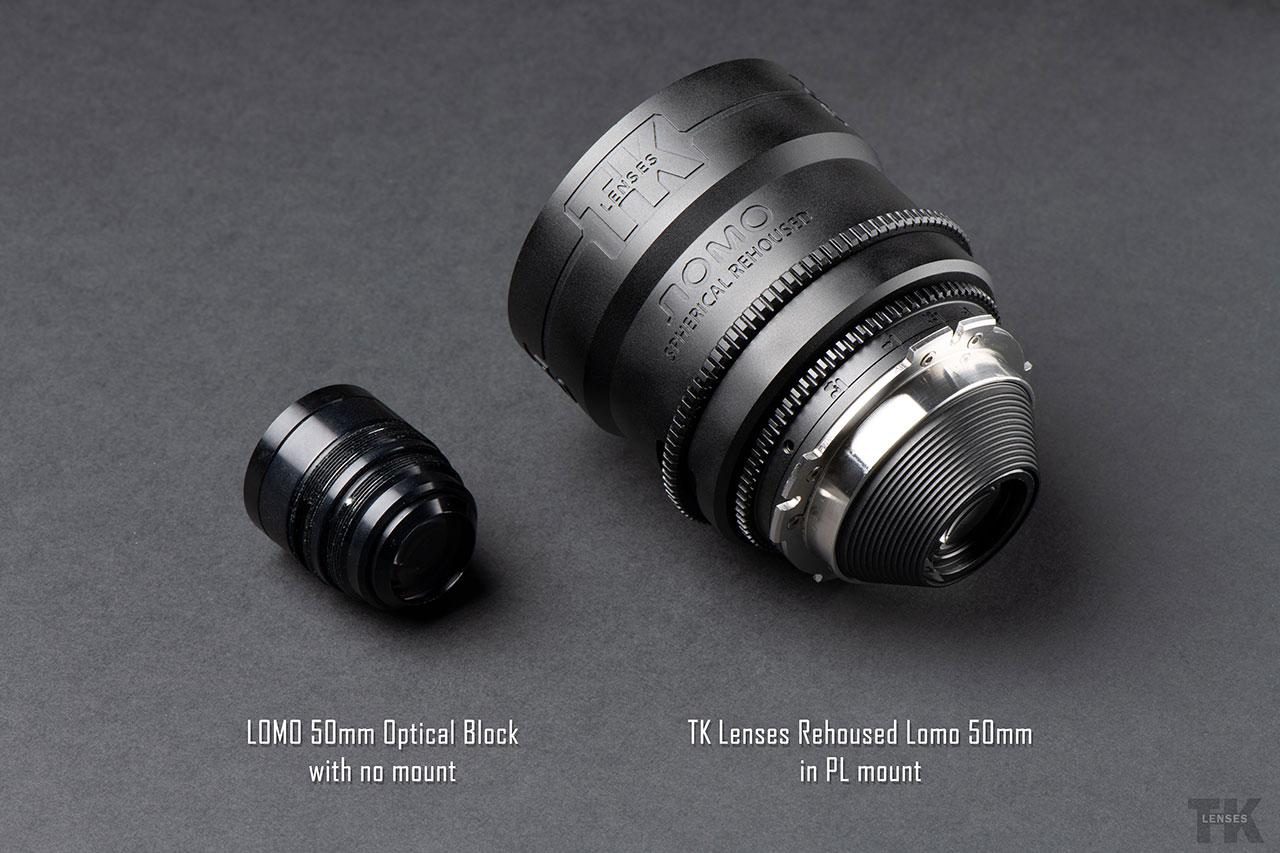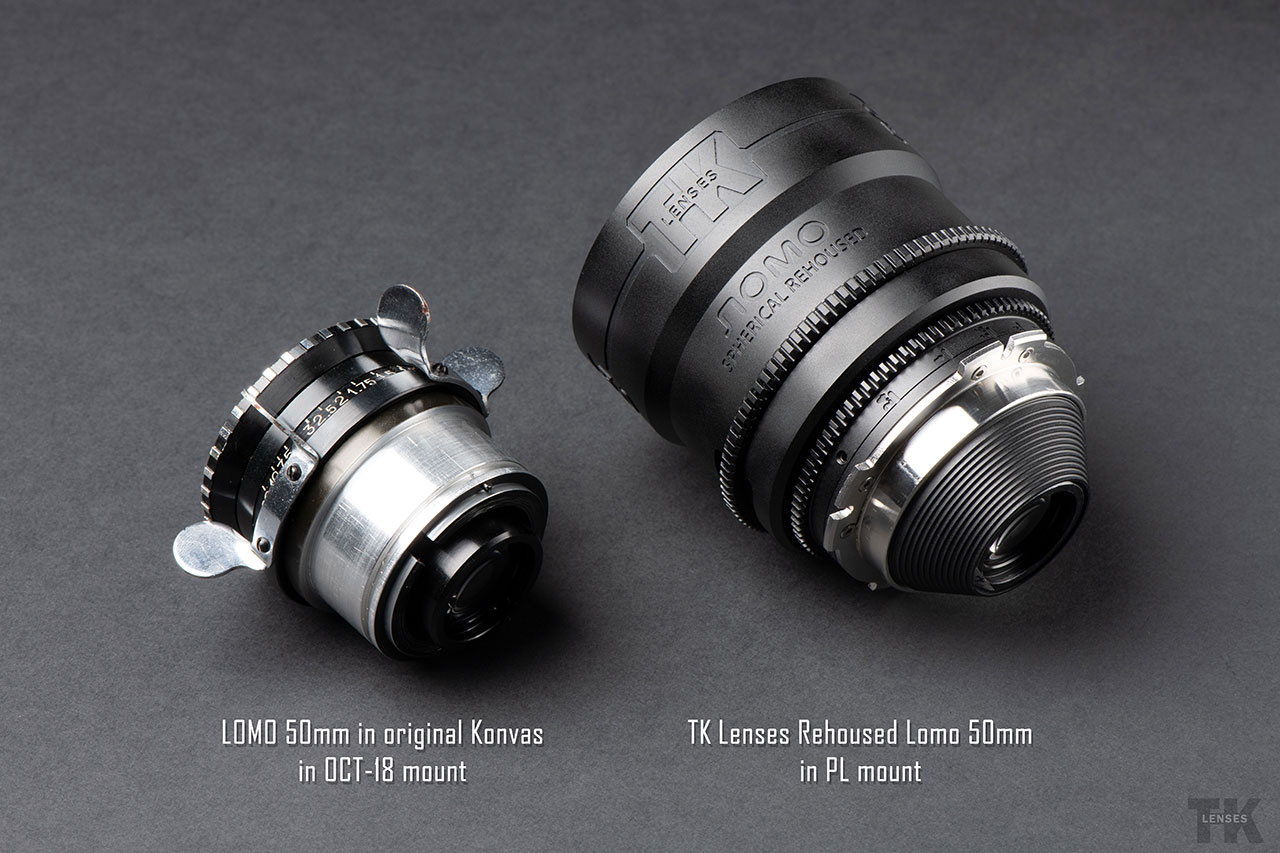Overview
During the rehousing process, the original housing, its aperture module, and mount are discarded1. Only the core optical components are used in the new housing. This differs from a lens sleeve, which merely sits atop the existing housing and does not incorporate new mechanics.
Additionally, it’s significant to mention that not all lens rehousing services are created equal. Similar to cars, the quality and features of rehousing can vary greatly between makers and even within the same maker. Some factors that contribute to the quality of a rehousing include the specific design used, the level of expertise of the technicians performing the work, the machineries to fabricate each part, and the availability of advanced techniques, such as a spring-loaded mechanism to reduce backlash and internal/closed cams to enhance rigidity.
Keep in mind that opting for a cheaper service doesn’t always guarantee the same quality as a pricier alternative. It’s wise to thoroughly research and contrast different services before making a final decision.
Other useful information can also be found in our FAQs section.
1In the case of lenses that come with an optical block (also known as a lens cell or lens head), like the LOMO or Cooke Speed Panchro, the iris is not replaced. Instead, the entire optical block is used in the new housing, and all other original parts from the donor housing are discarded.


